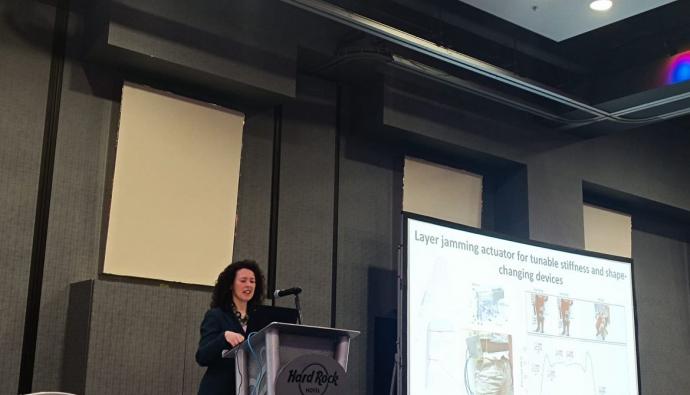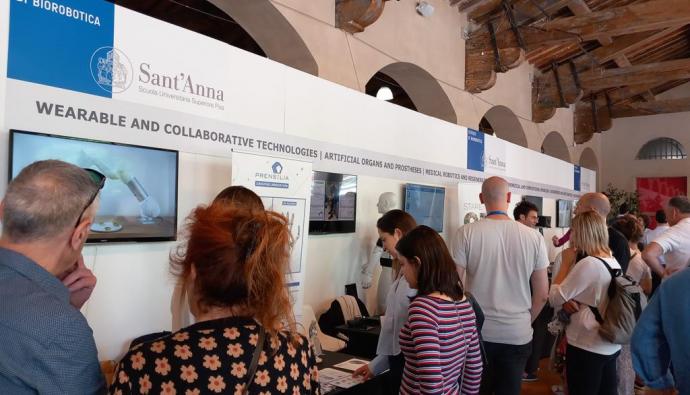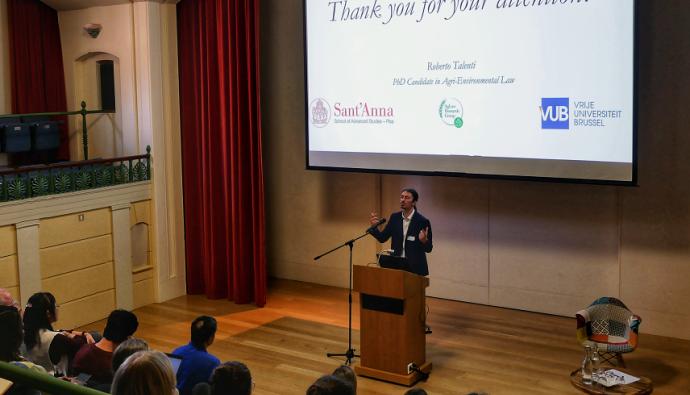SANT’ANNA SCHOOL AND SCUOLA NORMALE SUPERIORE RUN THE “SCUOLE ALLO SPECCHIO” SERIES OF SEMINARS. ON JUNE 15, MARIO ENRICO PE’ AND ALESSANDRO CELLERINO WILL FOCUS ON THE “NEXT-GENERATION BIOLOGY”

Sant’Anna School and Scuola Normale Superiore run a series of seminars through the academic year. Next week’s seminar in Sant’Anna School to be held on Thursday June 15th at 6.00 p.m. will focus on sequencing and data analysis approaches of “Next Generation Biology”.
Professor Mario Enrico Pè, geneticist at Sant’Anna School, dean of the experimental sciences faculty and Professor Alessandro Cellerino, physiologist at Scuola Normale, will discuss the interdisciplinary, advanced data-driven approach to biology.
On June 15th, seminar topics include: the “Omic” technologies - genomics, transcriptomics and proteomics aimed at the detection of genes (genomics), mRNA (transcriptomics) and proteins (proteomics) in biological samples.
The recent advent of high-throughput DNA sequencing technologies opened the use of genomic approaches to the “big data” analysis of non-model organisms. The choice of the sequencing approach needs to take into account the evolutionary time scale of a specific biological question.
“It is now necessary to integrate traditionally separate disciplines, such as molecular biology and computer science, to deal with the high-throughput sequencing technologies. As sequencing technologies become more affordable, we can now study the evolutionary history of virtually any organism on a genomic scale. High-throughput sequencing, more broadly referred to as next-generation sequencing (NGS), has become essential for modern day research within biological and biomedical sciences. Bioinformatics tools and computational approaches offer unprecedented opportunities for research but also demand greater awareness from the researchers to generate new biological understanding from the huge volume and diversity of bioscience data now available” – commented Mario Enrico Pe’ and Alessandro Cellerino.



